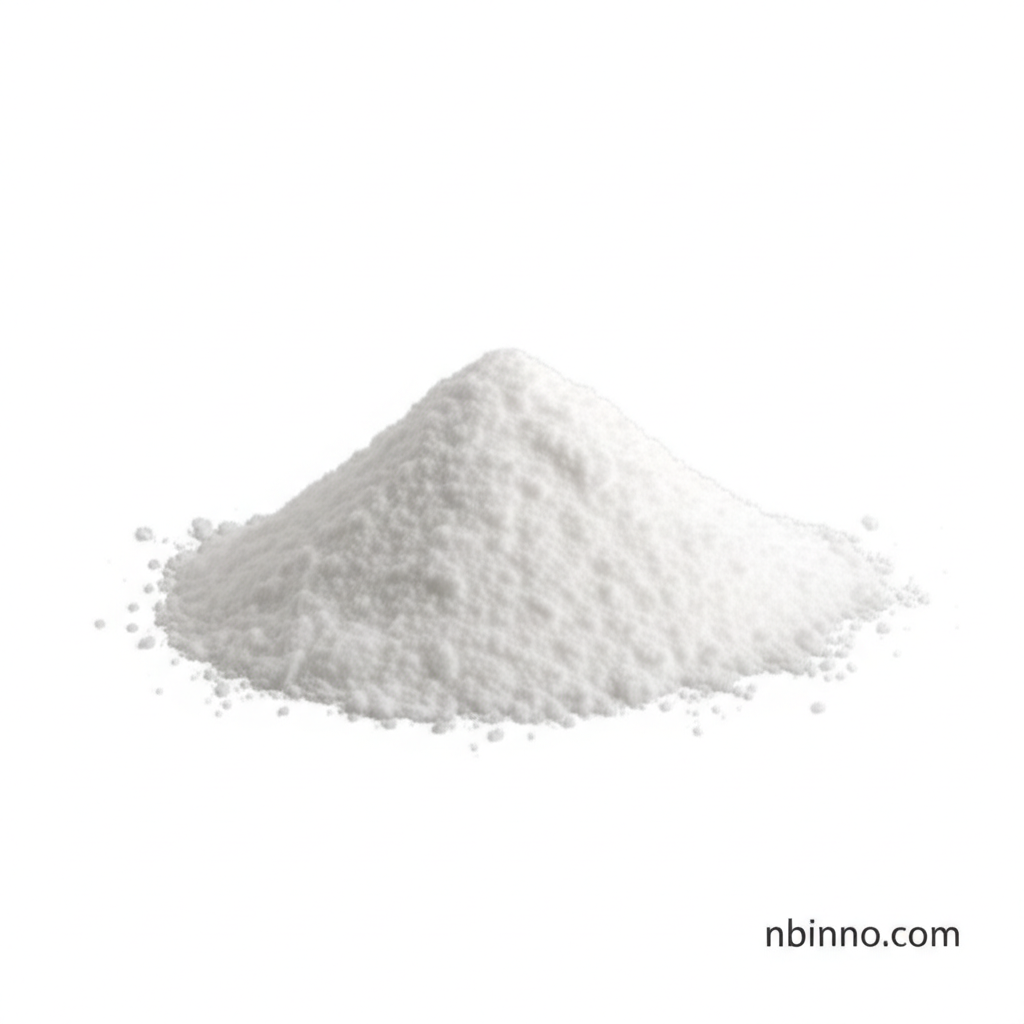Hydroxylamine Phosphate CAS 20845-01-6: A Versatile Chemical for Synthesis and Research
Discover the multifaceted applications of Hydroxylamine Phosphate, a critical compound for industrial synthesis and scientific exploration.
Get a Quote & SampleProduct Core Value

Hydroxylamine Phosphate
Hydroxylamine Phosphate (CAS 20845-01-6) is a crucial chemical compound with a molecular formula of H12N3O7P and a molecular weight of 197.08 g/mol. It is primarily known for its role as a key intermediate in the industrial production of cyclohexanone oxime, a precursor to caprolactam and subsequently Nylon-6, via the highly efficient HPO process. Beyond this major application, it serves as a versatile reagent in organic synthesis, an important component in advanced oxidation processes for environmental remediation, and a subject of detailed mechanistic studies due to its unique redox properties and nucleophilic character.
- Explore the vital role of hydroxylamine phosphate in the HPO process, a cornerstone of caprolactam manufacturing.
- Understand the complex reactivity of hydroxylamine phosphate in various organic transformations and its use as a reducing agent.
- Learn about its application in advanced oxidation processes for water treatment, facilitating pollutant degradation through radical generation.
- Discover how hydroxylamine phosphate contributes to materials science, including its use in metal phosphating and the development of functionalized materials.
Key Advantages of Hydroxylamine Phosphate
Industrial Significance
At the heart of the cyclohexanone oxime production, hydroxylamine phosphate is indispensable for the large-scale synthesis of caprolactam, a primary monomer for Nylon-6 production.
Environmental Utility
Leveraged in advanced oxidation processes, it enhances pollutant degradation by accelerating the generation of reactive oxygen species, crucial for water purification and remediation efforts.
Synthetic Versatility
Beyond oxime formation, its nucleophilic and redox properties make it valuable in complex organic syntheses and in the design of functionalized materials.
Key Applications
Organic Synthesis
Serves as a crucial reagent for oxime formation and as a precursor in the HPO process for caprolactam synthesis, a critical step in Nylon-6 production.
Environmental Remediation
Enhances pollutant degradation in advanced oxidation processes by acting as a redox mediator, accelerating the generation of hydroxyl radicals.
Materials Science
Utilized in metal phosphating for improved corrosion resistance and paint adhesion, and in the development of modified electrodes and functionalized hydrogels.
Chemical Research
Subject of extensive mechanistic studies due to its unique reactivity as a nucleophile and reducing agent, particularly in reactions with phosphate esters.
